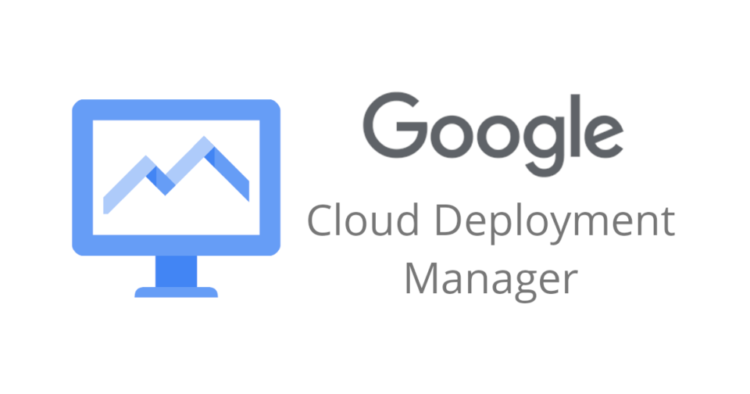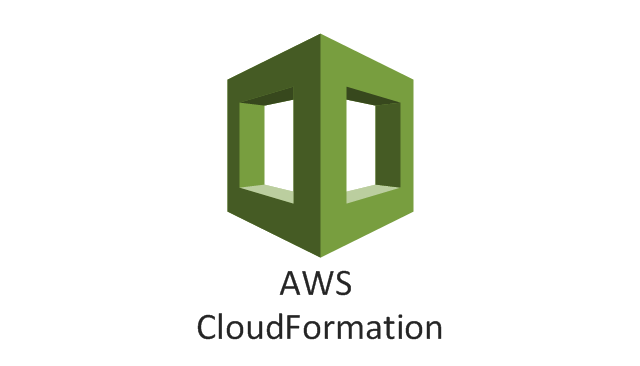Pulumi is a server administration platform for large firms. It is a leading tool for network administration and organization of cloud computer systems. It has numerous applications and a new interface that is accessible using CMD. It works with various programming languages to give its users enhanced accessibility.
It is a unique platform for running a cloud database and supports every database software. You can configure it at a higher level, which lets you create a proper ecosystem for your company. Users can directly alter the online data files and create a virtual machine to automate processes. Many firms need such tools to optimize their private portals and networks for their users.
A well-managed server infrastructure is essential to make a secure and intelligent cloud service for your users. Therefore, to make such a server, you need to use this platform. It works on various operating systems and gives control to multiple users at the same time. See our list of alternatives to Pulumi.
Features
- Remote accessibility
- New interface
- Unique operation
- Dynamic support
- Easy to configure
There are up to 10 Pulumi Alternatives. The best alternative to Pulumi is Crossplane, which is Free. The other best apps like Pulumi are Ansible, Microsoft Bicep, and CDKTF.
Pricing
Pulumi Information
10 Best Pulumi Alternatives
Filter Alternatives
1Microsoft Bicep
It is a dynamic language by Microsoft that is available for general public use. Users can use it with any other deployment software. It is according to Azure's policies and supports blueprints and application deployment. If you want to find the best alternative for Microsoft Bicep, then see our list below.
It works seamlessly with GCP because it is an official build by Google. You can view proper deployment patterns to learn about further procedures regarding the integration of new networks or applications. You can configure more than one server here at a time and get a sizeable private cloud computer.
Advertisement
3AWS CDK
It works simply where you first enter the desired model for resources; then, it will provide components to create such a model. You can even use your models as templates for future deployment projects. It usually updates the system consistently in your infrastructure and keeps you in check. Discover the best alternative to AWS CDK from the list below.
4Azure ARM Templates
It provides many services that streamline the user experience and speed up the infrastructure management process. Users can set a predefined state as a target, which this tool follows and helps you to achieve that value. You can use it to create an artificial system for testing and development purposes of new applications. It gives access to deploy and run any type of project on the system.
Advertisement
5AWS CloudFormation
This platform has readily available templates for storing and sharing data to enhance your data management experience. It stores complete data resources in a stack that optimizes storage space, making it easy to retrieve quickly. It lets moderators promptly create complex data structures and deploy them across multiple servers.
6OpenTofu
OpenTofu is an open-source platform based on Terraform that manages and monitors databases. It is an intuitive tool for remote access and maintenance of servers and network devices. It allows the administrator to control the data over servers with the help of a command line interface. It enables such dynamic options, unlocking more accessibility for its users.
Advertisement
7Crossplane
Crossplane is an advanced infrastructure management solution. It introduces large organizations to run infrastructure on a cloud server without coding. It turns resources into visual elements for easier reorganization and access. You can use it for many technical purposes, such as starting new projects and eliminating errors from your system.
It gives direct access to users who are working with platforms like Terraform. It helps operate a cloud server and deploy new integrations. Users can try new possibilities to manage a development project that they can run in an artificial system. It has multiple configurations to increase the speed of workflow and define complex data structures into a simple code-like form.
Ansible is an infrastructure management tool for cloud servers and private networks. It is a valuable application in cloud computing for improving systems and creating development projects. Firms use it to transform servers into different complex infrastructures for unique purposes like developing new applications and testing them in a suitable environment.
It is an effective place for collaborative work and balancing the workflow among the teams. You can further automate it for updates and security check-ins. It is a valuable tool for cloud computing and management. You can see our list of best alternatives to Terraform.










